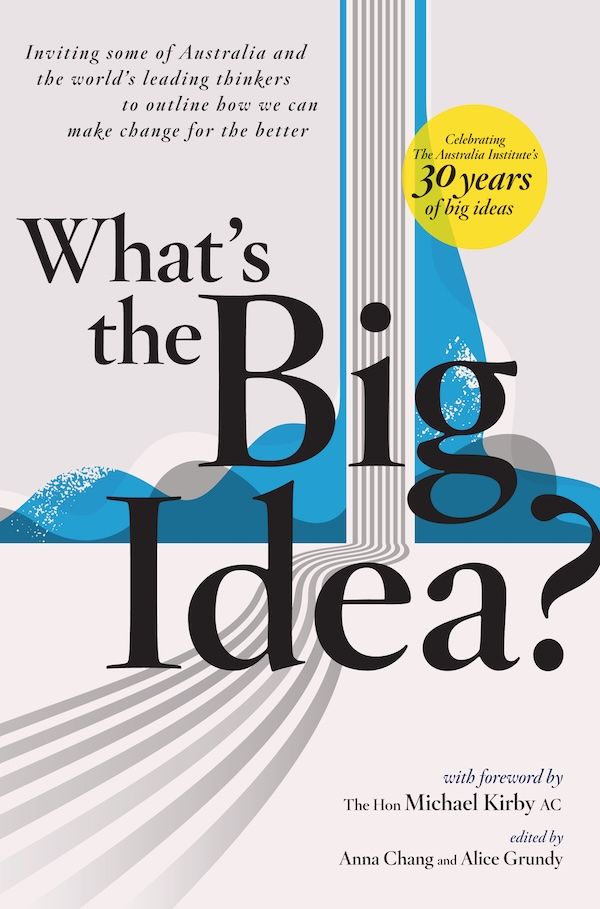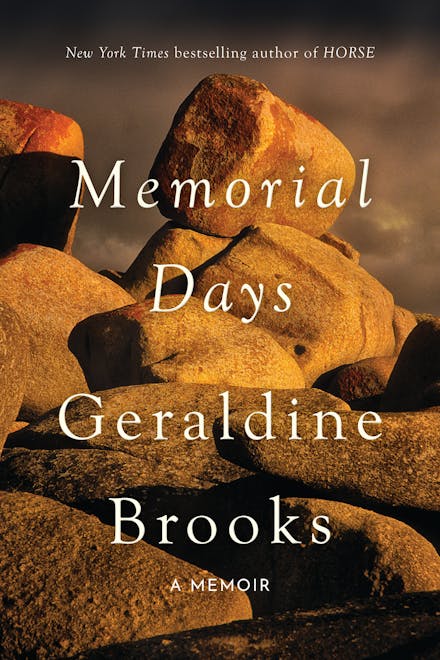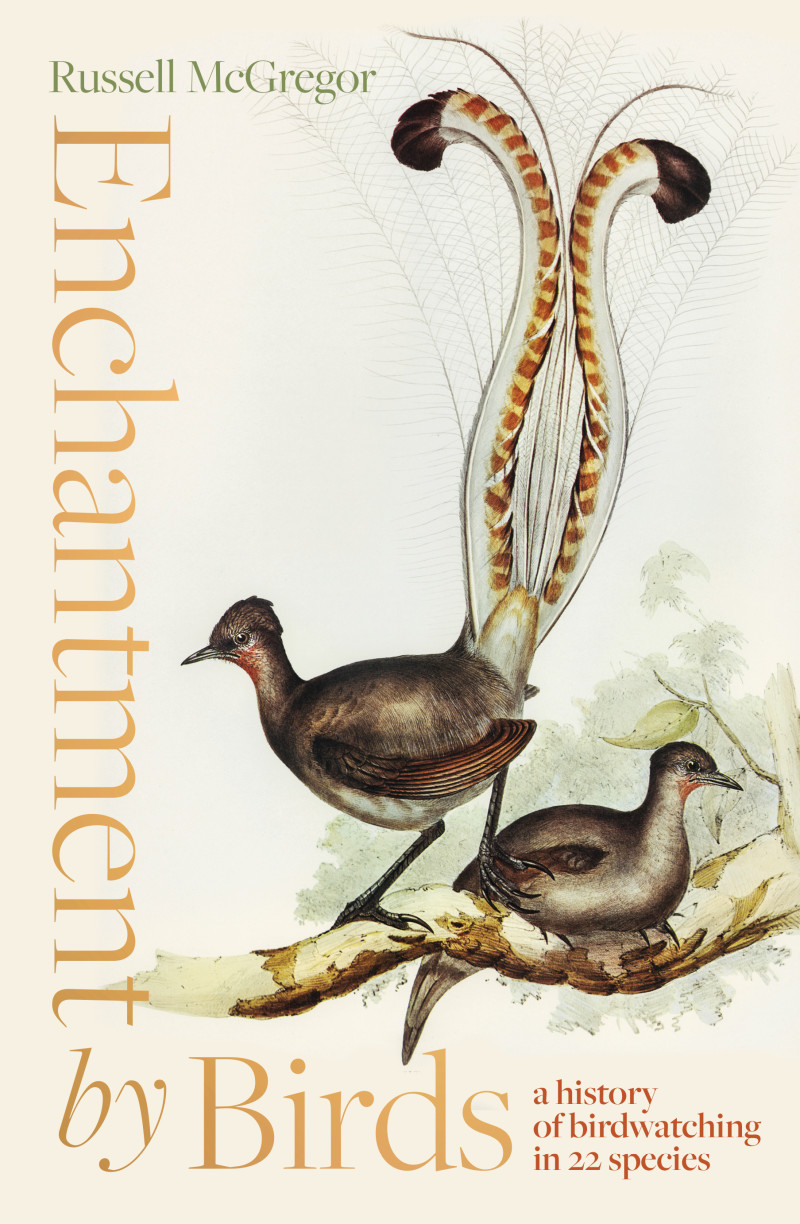A Little History of Archaeology
Yale University Press (Footprint), $37.99 hb, 288 pp, 9780300243215
A Little History of Archaeology by Brian Fagan
As the old saying goes, one should never judge a book by its cover; however, the instantly recognisable iconography on the cover of A Little History of Archaeology does provide an insight into this book’s content. In presenting this history of archaeology – which forms part of a larger series that includes histories of philosophy, literature, and science – author and archaeologist Brian Fagan early makes the distinction that ‘today’s archaeology is far more than hazardous journeys and specular discoveries. It may have begun as treasure hunting … But treasure hunting isn’t proper archaeology.’ In making this statement, Fagan establishes a precedent that he uses to repeatedly remind his readers that archaeology is the search for information and not monetary gain associated with looting. This is the main strength of the book; it is used to challenge the misconceptions that have plagued the discipline of archaeology since its infancy.
Divided into forty short, chronological chapters, it commences with the eruption of Mount Vesuvius in AD 79 near Pompeii, setting the scene for the investigations of this site that would lay the foundations for the discipline of archaeology. In doing so, the first half of the book is dedicated to the people and places central to archaeology’s establishment as a discipline, including Napoleon’s exploits in Egypt, the discovery and eventual translation of the Rosetta Stone that was pivotal to the interpretation of Egyptian hieroglyphs, Charles Darwin’s theory of evolution, and the Three-Age System, which provided a basic chronology for European artefacts. Fagan makes the point that the numerous artefacts he describes can be viewed at the British Museum, which highlights this institution’s role in the development of archaeology and allows the reader to feel as though they are walking through the various rooms where these objects are on display.
Continue reading for only $10 per month. Subscribe and gain full access to Australian Book Review. Already a subscriber? Sign in. If you need assistance, feel free to contact us.















Leave a comment
If you are an ABR subscriber, you will need to sign in to post a comment.
If you have forgotten your sign in details, or if you receive an error message when trying to submit your comment, please email your comment (and the name of the article to which it relates) to ABR Comments. We will review your comment and, subject to approval, we will post it under your name.
Please note that all comments must be approved by ABR and comply with our Terms & Conditions.